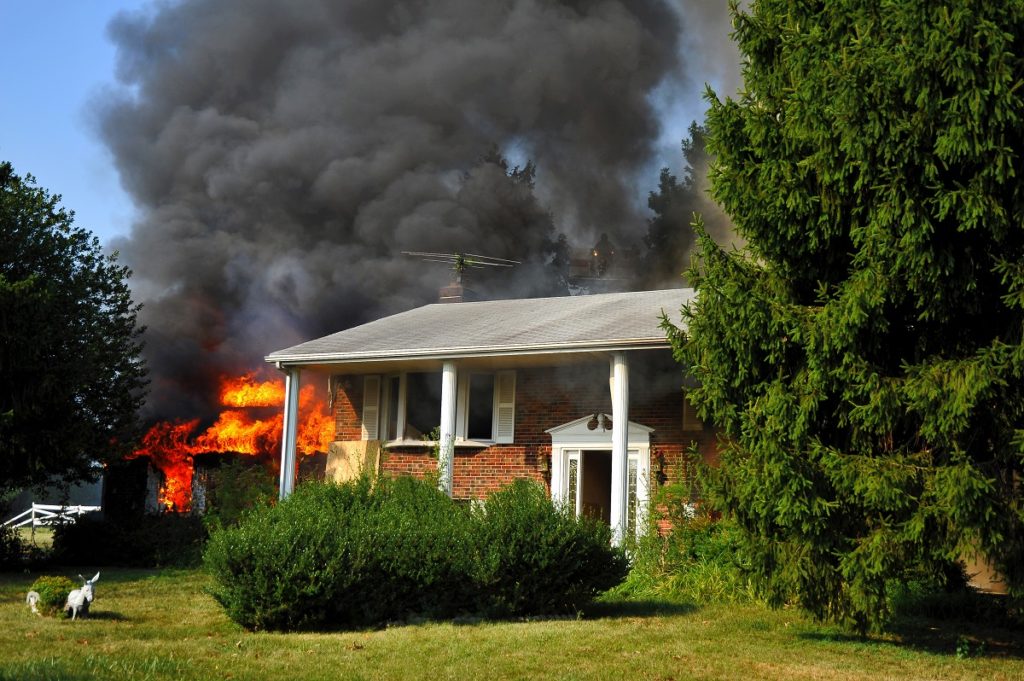January 2020 saw the widespread destruction that the Australian wildfires brought to many communities. Now we see the same things happening in California in the United States, and many homeowners are doing their best to prevent the spread of the fire but also rebuilding properties and areas that were severely damaged. Many homeowners have taken to hiring builders and contractors for rebuilding, while local governments and organizations have taken to hiring or buying excavators for sale for clearing purposes.
While many are preoccupied with taking extra precautions to protect their property from fire damage, what most people don’t realize is that the affected areas are still dangerous. Unlike other forms of damage, fire damage does not end when the fire is put out. There are various elements in the fire that will linger long after the last embers of the fire have died out. One of these is soot. While this fine black substance might not be evident at first glance, its effects are quite devastating.
Thankfully you can get one company to sort the fire and water damage in your property associated with this disaster. Soot is the hardest element to get rid of after a fire since its particles are less than 2.5 micrometers. This is far less compared to chemical, metal, dust, and mold particles. The following are some of the soot categories that might linger in your property after a fire.
Dry Soot
This is generated by the burning of natural ingredients swiftly by oxygen-rich hot fires. Dry soot is very dusty and dry and has a subtle smell. As such, it might not be evident at all in your environment. Though easier to manage compared to storm damage and mold, dry soot requires an industrial-grade HEPA filter to get rid of it on all surfaces.

Wet Soot
This is found in fires that smolder for an extended period on low oxygen-starved heat while burning oily, rubber or plastic items with high moisture content. Wet soot is basically dry soot that has been mixed with some moisture to generate a sooty and soggy mess. It has an acrid or pungent odor and sticky residue. Its cleanup requires the combination of water and fire damage restoration services.
Protein Soot
This type of soot is common in kitchens and at times, follows the burning of food-based products. Protein soot comprises overcooked proteins that have turned to soot and have a pungent and lingering odor. It, unfortunately, clings to your surfaces and requires extensive cleaning not only to remove it but to also achieve an optimal deodorization.
Fuel Oil Soot
This comes from a poorly maintained appliance that runs on various types of fuel oil. Sometimes, fuel oil soot is also caused by a cracked heat exchanger in your air conditioning or refrigeration system or minor or internal combustion in your heating unit. This type of soot has odors ranging from heavy to light and will often puff back. Moreover, it generally attaches onto all surfaces owing to the ventilation layout.
Exposure to the soot in your environment can occur through inhalation, ingestion, or contact with the mucus lining of the eyes and mouth. You might not know you are affected owing to the invisible particulates of the soot. Once in your bloodstream, however, the soot leads to various issues including respiratory conditions, stroke, cancer, heart attacks, and even premature death. In children, even short-term soot exposure can permanently destroy the respiratory system. Professional fire damage restoration experts are essential after a fire irrespective of its magnitude. This is the surefire way to guarantee that soot do not linger in your environment.




